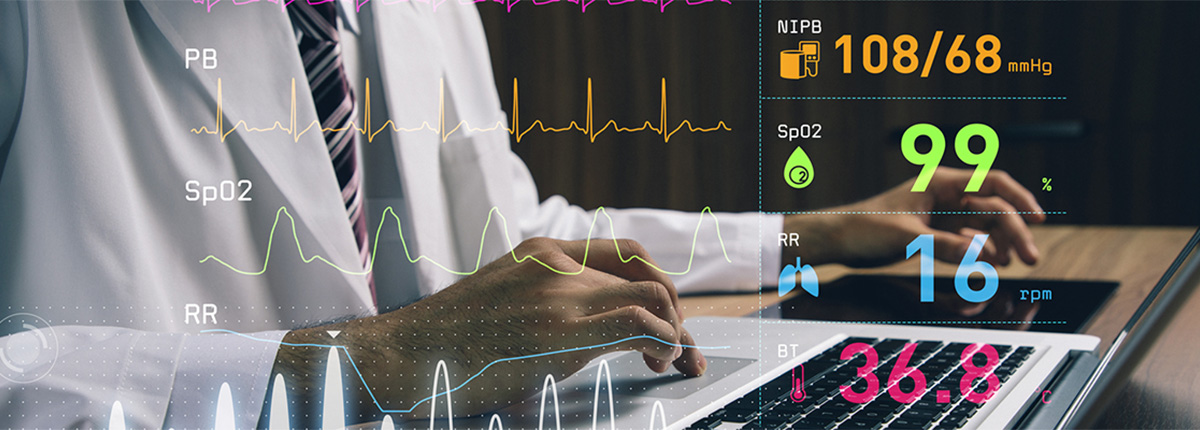Diabetes isn’t going anywhere. In fact, the number of Americans struggling with diabetes as a chronic health condition continues to rise. Diabetes causes more deaths per year than breast cancer and AIDS combined.
Point-of-care glucometer testing (POC) is a big part of diabetes condition management, and the data from these tools has to integrate with the patient’s hospital’s existing EHR system.
5 Reasons Your EHR Must Integrate Point-of-Care Glucometer Data
- Measuring Devices: As a part of their everyday condition management, individuals with diabetes must monitor their blood glucose levels and other biomarkers. Glucometers, or devices that measure the blood’s glucose level, are commonly used for monitoring in the hospital and emergency department.
- Real-time Accuracy Needed: Point-of-care, wearable, and mobile healthcare devices have become the norm for managing chronic health conditions.
- Integrating Into EHR: When a person with diabetes experiences a medical emergency, whether receiving treatment as a hospital inpatient or in the emergency department, blood glucose data needs to be integrated into the patient’s existing EHR.
- Patient Health Information: Healthcare IT industry experts acknowledge the challenge. Especially, that comes with integrating outside data into existing EHRs, but there are ways to accomplish this and benefit patient health record workflow.
- Clinical Decisions: When outside data can’t be integrated seamlessly into a patient’s health record, medical orders may be made using out-of-date measurements. Being able to use POC glucometer data lets healthcare providers spend more time at the patient’s bedside.
Key Focus Areas to Integrate Outside Data
Per the Healthcare IT News (May, 2017) the Journal of American Health Information Management Association has spotlighted five key focus areas to ensure the most effective integration of point-of-care device data with electronic health records.
- Data Integrity: For the upload of real-time device data such as glucose levels, blood pressure, heart rate, and oxygen, it’s important to ensure that the remote health data accuracy ultimately assists in providing better patient care without compromising the integrity of the EHR.
- Information Usage: Since the primary job of connected health devices is to maintain a constant flow of patient information back to the provider, it’s essential that the providers HIM staff collaborate with physicians to determine the proper protocols, alerts, and rules that should be built in to fit the patient’s clinical profile.
- Confidentiality: To ensure the privacy and security of the point-of-care device information, which in many cases will be streaming 24/7, it’s up to facility HIM staff to work with information security staff to create an effective protocol to receive, identify, analyze, and dispose of information.
- Lifecycle: HIM professionals are responsible for the information management task of information retrieval, oversee data accuracy, and perform and facilitate audits. These efforts play an essential part of supporting patient care. These HIM functions play an important role in developing protocols. Especially, to manage the lifecycle of connected health data and patient monitoring data.
- Governance: Effective HIM teams have a responsibility to stay up to date on government and industry regulations. Especially, regarding the usage of outside data flowing into a patient’s EHR as well as reimbursements to provider networks.
Diagnosed Diabetes Cases
As the rates of diagnosed diabetes cases continues to rise, the burden on hospital systems to care for patients who suffer from an acute episode will also increase. The number of inpatient glucose tests taken in a hospital setting will similarly rise, and hospitals who are relying on manual data entry or third-party vendors with proprietary scripts stand to lose staff time and salary and run the risk of losing revenue from missed or inaccurate reports.
Although developing comprehensive IT systems that can integrate outside data into a hospital’s EHR system can be a challenge, the time, staff, and budgetary investment will enable providers to gain efficiencies in their continuum of care.
To learn more about how a solution such as MEDHOST Managed Integration Services can help your hospital save time, and money while improving patient experience, download our white paper.
We'd love to talk with you about your healthcare solutions. Please fill out our contact form so that we can be in touch.
